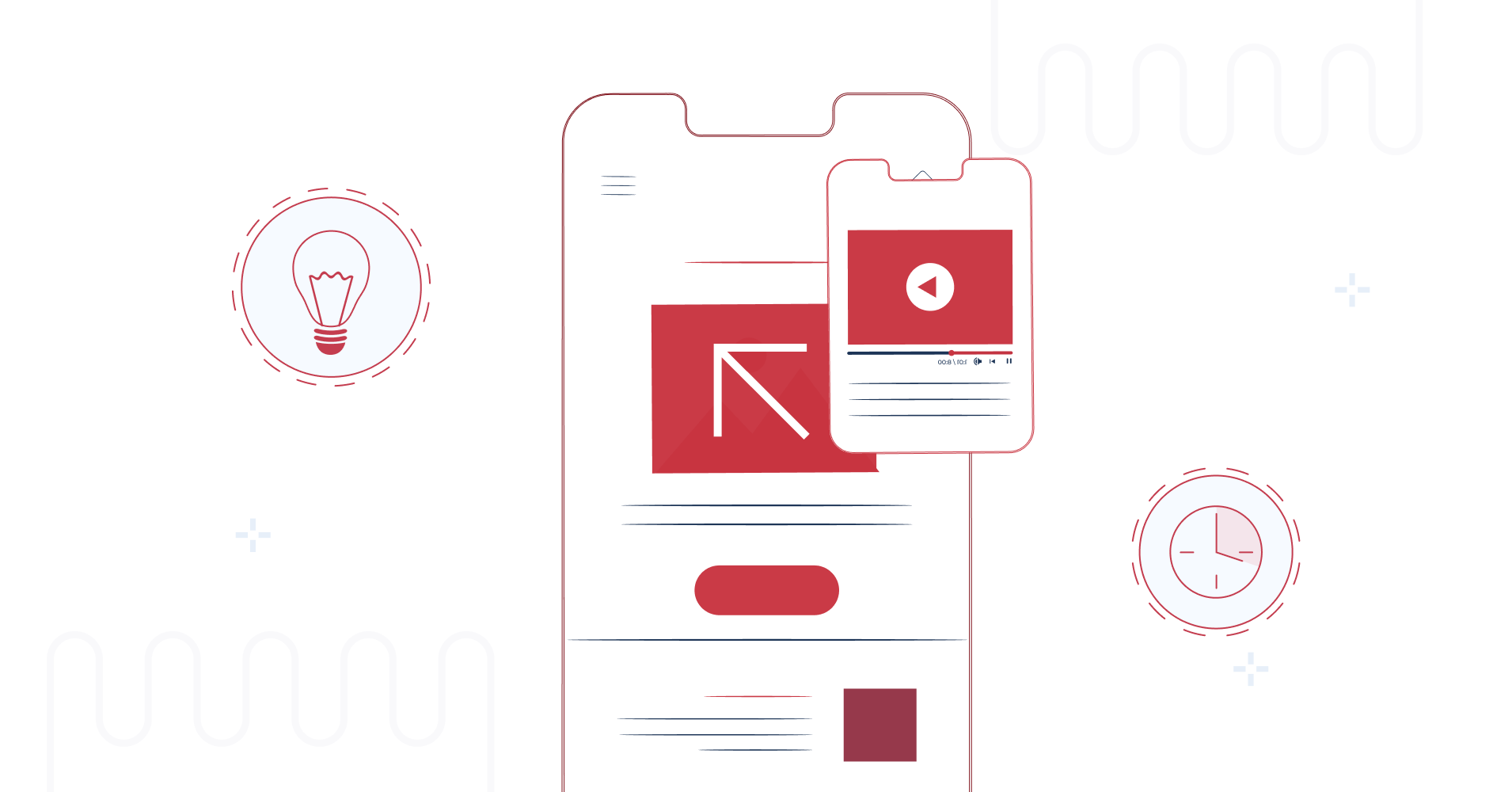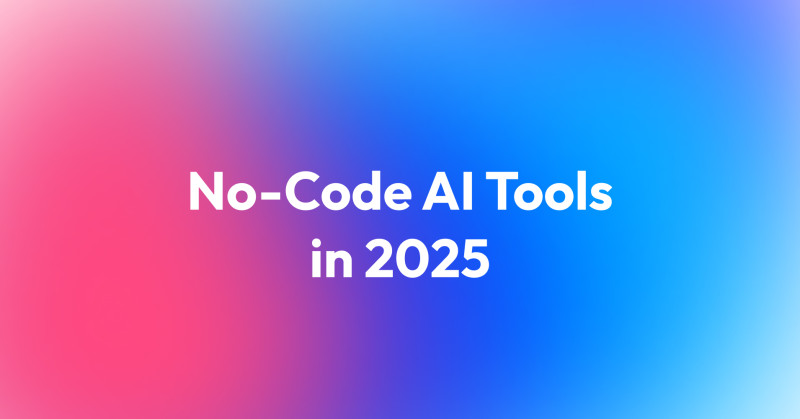Imagine a large, intricate puzzle representing your entire web application. Each piece of the puzzle corresponds to a specific feature or functionality. Now, instead of assembling the entire puzzle in one go, picture breaking it down into smaller, manageable sections – these are your Microfrontends.

How does this approach help development teams to work better and more efficiently? In this article, we will discuss the benefits, potential challenges, and strategies for how to use Microfrontends in your project.
How Microfrontend Works?
Microfrontend is a design approach in which a complex web application is decomposed into smaller, independent "sub-applications" or components.
Each component, referred to as a microfrontend, can be developed, tested, and deployed independently, often by autonomous and independent teams.
This approach mirrors the concept of microservices used in backend development but is specifically applied to the frontend.
Advantages of Using Microfrontend
The advantages of using microfrontend extend beyond mere development convenience. Microfronted can make the development of applications easier, faster and improve maintainability. Let’s take a look at all the benefits of using microfrontend.
Independency - The modular structure allows development teams to work and deploy independently.
Flexibility - Ability to use different technologies in the same application—teams can use the most suitable tech stack for each microfrontend component.
Scalability - Separate, smaller modules are easier to scale.
Time-saving - Faster development and delivery of new features, due to the nature of microfrontends.
Focused teams with clear boundaries - Teams can focus on specific areas with well-defined responsibilities.
Easier upgrade and experimentation - Thanks to assigning one micro frontend to a small, independent team.
Isolation of failures - Bugs and issues can be fixed without affecting the whole application.
By embracing Microfrontend, development becomes more efficient, allowing for greater flexibility, scalability, and faster iteration cycles.
Does Microfrontend Create Any Challenges?
While Microfrontend offers numerous advantages, it also introduces certain challenges that developers need to navigate:
Increased Deployment and Integration Complexity
Microfrontend's use of different technologies can amplify the complexity of deployment and integration.
Version Control and Library Management
Managing various versions of shared libraries or components across microfrontends demands robust version control and coordination.
Performance Impacts
Multiple microfrontends loading separate dependencies can impact performance, resulting in larger bundle sizes and longer loading times.
Consistent Look and Feel
Ensuring a uniform look and feel across the application becomes challenging when different teams implement UI elements differently.
Communication and Data Sharing
Managing communication and data sharing between microfrontends built using different frameworks or technologies can be complex.
Testing Challenges
Testing a system composed of multiple microfrontends can be more intricate than testing a monolithic application.
CI/CD Pipeline Setup
Establishing individual CI/CD pipelines for each microfrontend and ensuring their seamless integration necessitates additional infrastructure and coordination.
Divergent Technical Approaches
Different teams adopting divergent technical approaches or libraries may lead to challenges in integration and overall consistency.
Despite these challenges, understanding and addressing them strategically can help unlock the full potential of Microfrontend architecture.
When to Use Micro Frontends?
Micro frontends are an architectural approach that aims to break down large, monolithic frontend applications into smaller, independently deployable, and manageable parts.
This approach is particularly beneficial in scenarios where development teams face challenges such as scaling, collaboration, and maintaining agility in rapidly evolving software ecosystems.
By adopting micro frontends, organizations can empower individual teams to work on discrete components of the user interface independently, enabling faster development cycles, easier maintenance, and improved scalability.
Microfrontend vs Monolithic
What are the main differences between the Microfrontend and the Monolithic frontend?
Microfrontends are best suited for large-scale applications with multiple teams, where different parts of the application have distinct functionalities and potentially require different technology stacks.
While Monolithic frontend is more appropriate for smaller applications or projects where a unified tech stack and consistent design are prioritized, and where the overhead of managing multiple codebases and deployments would outweigh the benefits.
Integration Strategies
Integration strategy in microfrontends refers to how individual frontends are combined into a single, unified application. There are three strategies:
Build-time Integration
Runtime Integration
Hybrid Approach
What is the difference between those approaches?
Build-time Integration
Microfrontends are integrated during the build process, resulting in a single bundled application.
Pros:
Optimized Performance: Reduced number of requests and resource loading overhead at runtime.
Simplified Deployment: Only one artifact to deploy.
Cons:
Limited Flexibility: All microfrontends must be built and deployed together, reducing independence.
Technology Constraints: Typically requires a uniform technology stack across all microfrontends.
Use Case:
Suitable for applications where consistent performance is critical, and the development teams can coordinate closely.
Runtime Integration
Microfrontends are loaded dynamically during runtime, often using JavaScript to fetch and display different components.
Pros:
Independent Deployments: Each microfrontend can be deployed separately, allowing for greater development autonomy.
Technology Agnosticism: Different microfrontends can use different technologies and frameworks.
Cons:
Potential Performance Impact: Increased initial load time due to multiple requests for different components.
Complexity in Coordination: Require robust mechanisms for communication and state management.
Use Case:
Ideal for large-scale applications with multiple teams working independently or when different parts of the application require different tech stacks.
Micro frontend: Tips and Best Practices
Before you start to work with microfrontends, it’s helpful to know a few useful tips in advance.
- Versioning:
Implement version control for micro-frontends to ensure compatibility and prevent breaking changes.
Use semantic versioning to clearly communicate changes.
- Consistent Styling:
Establish a consistent design system and style guide to maintain a cohesive user experience across micro-frontends.
- Communication:
Choose a communication mechanism between micro-frontends, such as a shared state manager or an event bus.
Ensure efficient and secure communication while avoiding tight coupling.
- Routing:
Implement a central routing mechanism to handle navigation between micro-frontends.
Use client-side routing or a routing service to avoid full-page reloads.
- Testing:
Develop automated tests for each micro-frontend to ensure reliability and catch regressions.
Implement end-to-end testing to validate the integration between micro-frontends.
- Monitoring and Logging:
Implement consistent monitoring and logging across micro-frontends to facilitate debugging and issue resolution.
Use centralized logging tools and error tracking to capture issues effectively.
- Documentation:
Maintain comprehensive documentation for each micro-frontend, including APIs, contracts, and deployment procedures.
Encourage collaboration through clear documentation to facilitate communication among teams.
- Security:
Enforce security best practices, such as input validation and secure communication, to protect against common vulnerabilities.
Regularly audit dependencies and address security vulnerabilities promptly.
- Scaling:
Design the micro-frontend architecture to scale horizontally as the application grows.
Consider tools like containerization and orchestration for efficient scaling.
Microfrontend, huge benefits
To sum it up, microfrontend is a smart way to build websites by breaking them into smaller, manageable pieces. This approach makes it easier for teams to work independently, leading to more flexibility and scalability. It helps to find the right balance between flexibility and control for a smoother, more efficient development process.
Are you looking for a development team that will help you optimize your business with reliable technologies? Contact us and discover how we can help you!





















